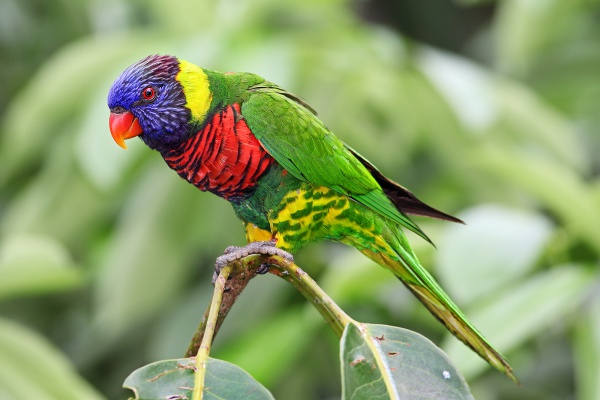Facts About Rainbow lorikeet
The rainbow lorikeet is a dazzling parrot native to Australia, particularly along the eastern coast from northern Queensland to South Australia. These vibrant birds can be found in rainforests, coastal thickets, and woodland areas. Interestingly, what were once considered subspecies are now recognized as six distinct species of rainbow lorikeets. They have also established populations in places like Perth, Tasmania, Auckland in New Zealand, and even Hong Kong.
In the realm of avian classification, rainbow lorikeets belong to the Psittacoidea superfamily within the order Psittaciformes. They include varieties such as Swainson's Lorikeet, Lake Eyre Lorikeet, and Northern Moluccan Lorikeet. Over time, several of these subspecies have been elevated to full species status. These medium-sized parrots are renowned for their vividly colorful plumage and distinctive appearance.
Rainbow lorikeets have a specialized diet that primarily includes fruits, pollen, and nectar, facilitated by their uniquely adapted tongues. They play a significant role in pollinating many plant species. In southern Australia, their breeding season extends from late winter to early summer. They exhibit great flexibility in their choice of nesting sites, using anything from tree hollows to ground burrows. Typically, these birds mate for life, forming strong, enduring bonds with their partners.
According to BirdLife Australia, rainbow lorikeets are among the most common birds in the country. Globally, they are not considered endangered, although some subspecies face threats such as habitat loss and the pet trade. In certain areas, they are even deemed pests due to their potential to damage crops, outcompete native birds, and sometimes become a nuisance in urban environments.
